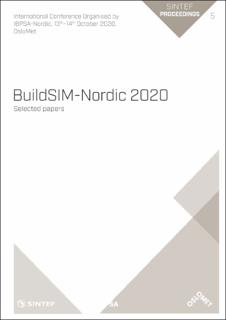A top-down digital mapping of spatial energy use for municipality-owned buildings: a case study in Borlänge, Sweden
Chapter, Peer reviewed, Conference object
Published version
Permanent lenke
https://hdl.handle.net/11250/2683206Utgivelsesdato
2020Metadata
Vis full innførselSamlinger
- SINTEF Proceedings [402]
Sammendrag
Urban energy mapping plays a crucial role in benchmarking the energy performance of buildings for many stakeholders. This paper studies a set of buildings in the city of Borlänge, Sweden, owned by the municipality. The aim is to present a digital spatial mapping of both electricity use and district heating demand. A toolkit for top-down data processing and analysis is considered based on the energy performance database of municipality-owned buildings. The data is initially cleaned and transformed using the Feature Manipulation Engine tool (FME) and then is geocoded using a python script with an application program interface (API) for OpenStreetMap. The final dataset consists of 221 and 89 geocoded addresses for, respectively, electricity and district heating monthly consumption for the year 2018. The electricity use and heating demand in the building samples is about 24.06 kWh/m2 and 190.99 kWh/m2 respectively, where large potential in saving heating energy is observed. The digital mapping reveals a spatial vision of identifiable hotspots for electricity uses in high-occupancy-dense areas and for district heating needs in districts with buildings mostly constructed before 1980. This result will provide a comprehensive understanding of the existing energy distributions to stakeholders and energy advisors. It will also facilitate strategy towards future energy planning in the city such as energy benchmarking policies.

